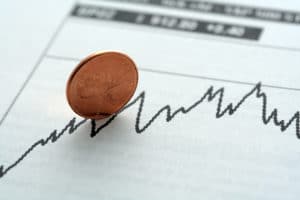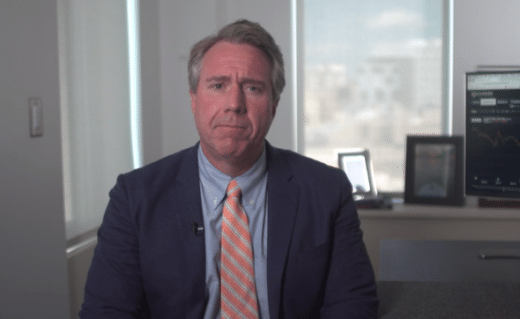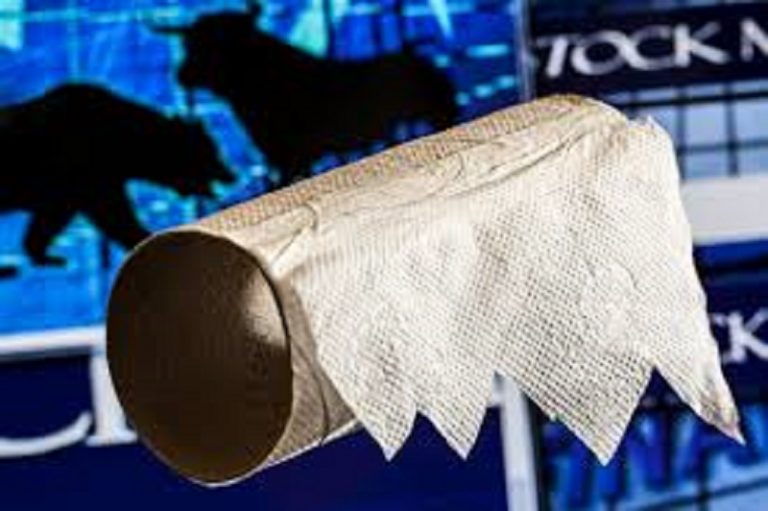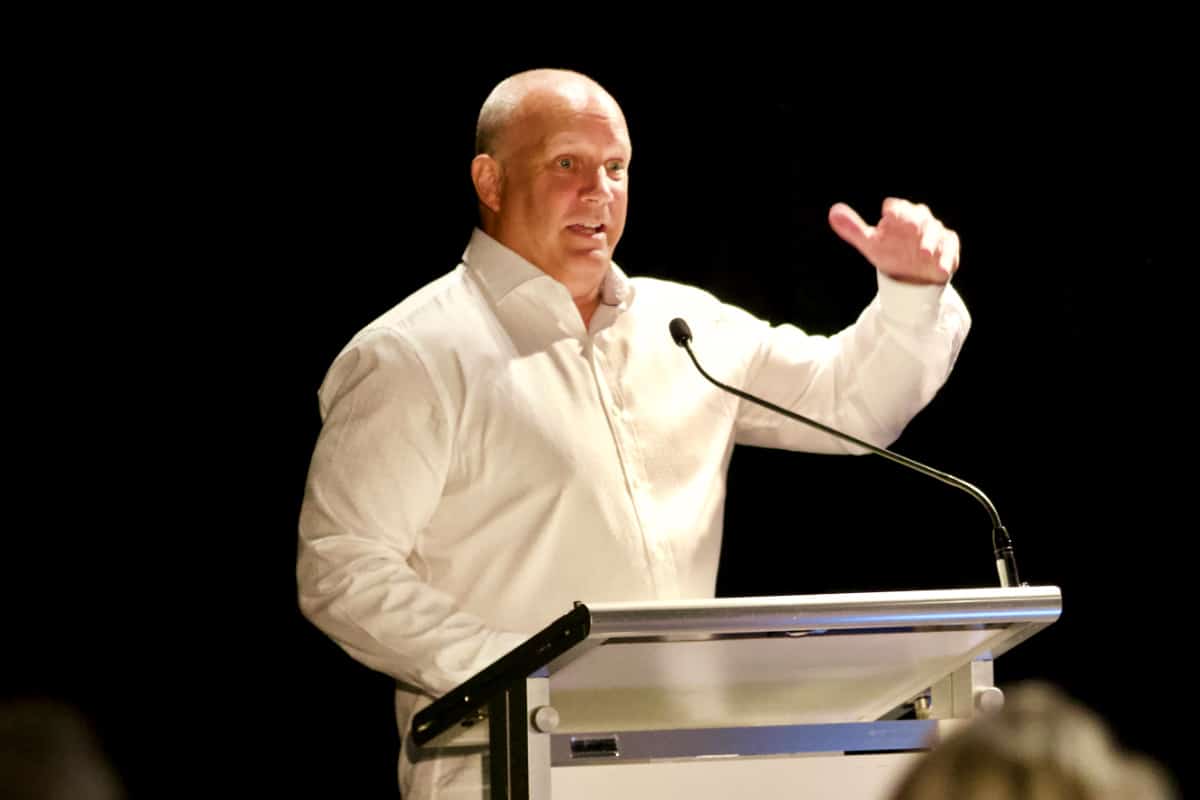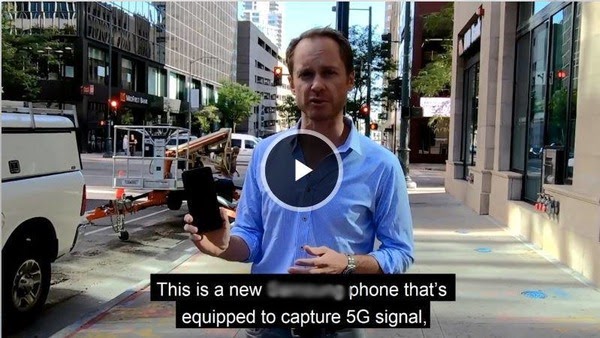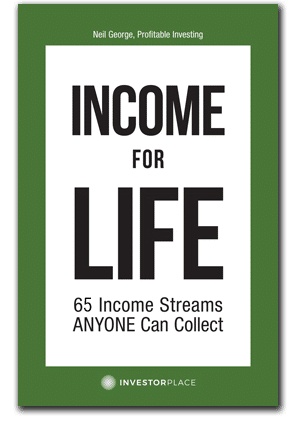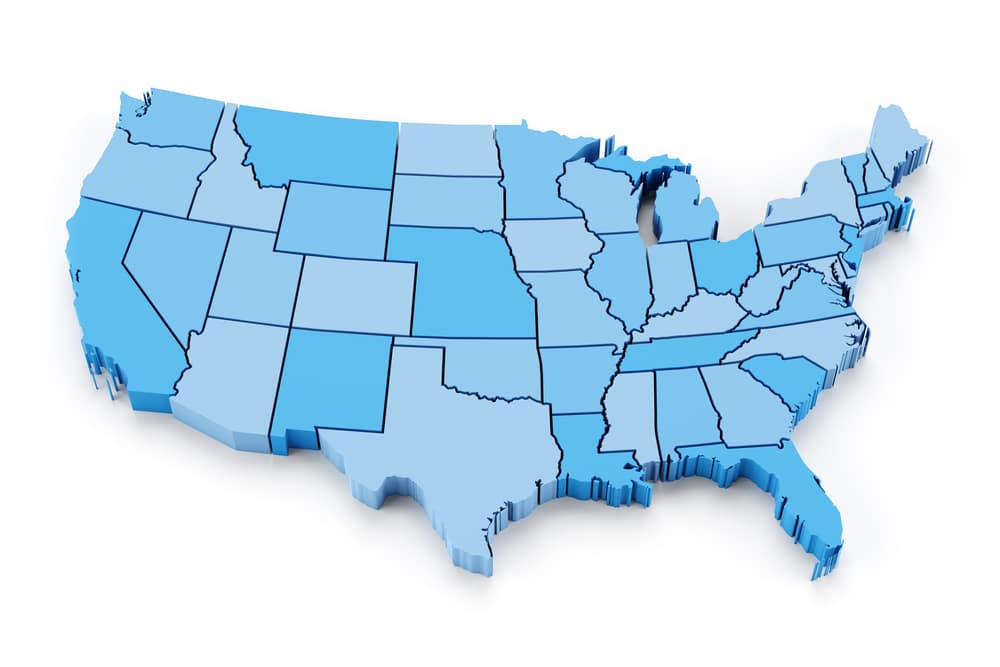Just because the World Health Organization officially named the disease caused by the novel coronavirus COVID-19, that doesn’t mean it’s not going to be referred to as the Wuhan virus, the Chinese coronavirus, or other names that stamp the origin of the virus into the public lexicon.
One reason for what some observers see as politically incorrect name-calling is, in fact, pure politics.
The President of the United States, some members of his administration, and other politicians are stamping “Made in China” all over the virus because identifying China as the virus’s place of origin stigmatizes China geopolitically, with the intention of undermining China’s increasing global influence.
Another reason the world’s going to be hearing more about the Wuhan or Chinese virus is that lawsuits are being filed blaming China for accidental or deliberate gross economic destruction.
A $20 trillion class-action suit filed in the U.S. District Court for the Northern District of Texas alleges the virus that causes COVID-19 is a biological weapon designed by China, and that by releasing it, China violated U.S. law, international laws, treaties, and norms and caused massive economic damage to U.S. individuals and businesses.
Here’s why in politics and law, sometimes names matter…
Coronavirus Origin Story
In 2015, the World Health Organization (WHO) issued new guidelines for naming new infectious diseases in humans. According to the WHO, they are meant to “minimize unnecessary negative effects on nations, economies, and people,” and should consist of generic terms that describe the disease’s symptoms, or, if the pathogen that causes the disease is known, it should be part of the disease name.
On Feb. 11, 2020, the WHO officially named the recently identified novel coronavirus “COVID-19.” CO stands for corona, VI for virus, D for disease, and 19 for 2019, the year it was discovered.
What the WHO did not do was sound a global alarm when Chinese health officials alerted them on December 31, 2019 of a cluster of patients in Wuhan, a city of 11 million in Hubei province, exhibiting unusual pneumonia-like symptoms.
Perhaps the WHO wasn’t aware or didn’t demand more information from Chinese health officials who already knew what has subsequently been revealed.
According to official reports, on Dec. 10, 2019, a 57-year-old man who worked at the Huanan Seafood Wholesale Market in Wuhan, specifically in the wet market, started feeling ill. A wet market, as opposed to a market for dry goods, is a public marketplace where produce, fish, meat, and live animals are sold and slaughtered.
The man was then admitted on Dec. 16, 2019, to Wuhan Central Hospital with a “flu-like infection” in both lungs, and was treated with anti-flu drugs that the virus proved resistant to.
What the WHO may not have known, which the world knows now thanks to a report accessed by The South China Morning Post and corroborated by The Wall Street Journal, The Washington Post, AXIOS, and other sources, is that a 55-year-old man, later confirmed to have had coronavirus, likely contracted it on or around Nov. 17, 2019.
He started exhibiting symptoms on Dec. 1, 2019, had not been to the wet market, and though he is considered the earliest traceable patient, Chinese officials say there was no epidemiological link between his case and later cases.
The WHO may not have known a 51-year-old doctor in Dongguan, an industrial city in China’s Pearl River Delta, was hospitalized on Dec. 2, 2019; the first known hospitalization caused by the “pneumonia with unknown etiology.” He was diagnosed with a lung infection, severe pneumonia, acute respiratory distress syndrome, and allergic purpura. Not surprisingly, according to subsequent Chinese reports, no epidemiological link could be found between his case and later cases.
As patients presented symptoms at Wuhan area hospitals, between the 18th and 29th of December, bronchoalveolar lavage fluid (BAL) was collected and used for viral genome sequencing. During that period, members of the Wuhan Institute of Virology published a report on seven cases of people with severe pneumonia who were admitted to the intensive care unit of the Wuhan Jin Yin-Tan Hospital.
Their samples were sent to the laboratory at the Wuhan Institute of Virology for the diagnosis of the causative pathogen. Patient ICU-01 was not proven to be linked to the Wuhan Seafood Market, but the other six were either sellers or deliverymen at the market.
Meanwhile, on Dec. 24, 2019, doctors from Central Hospital of Wuhan took fluid samples from the lungs of a 65-year-old deliveryman who worked at the Wuhan seafood market and sent them to Vision Medicals in Guangzhou for testing.
Visual Medicals, a Chinese infectious disease startup founded in May 2018 that focuses on precision medicine for infectious diseases, including respiratory and bloodstream infections, had developed a CRISPR-based rapid diagnostics platform for pathogen detection, and said it sequenced most of the virus from fluid samples on Dec. 27. The results showed an alarming similarity to the deadly SARS coronavirus that occurred between 2002 and 2003.
After receiving the test results, multiple doctors in Wuhan shared the information via Internet, including Li Wenliang, an ophthalmologist at Wuhan Central Hospital, who posted a warning to alumni from his medical school class via a WeChat group that a cluster of seven patients treating within the ophthalmology department had been unsuccessfully treated for symptoms of viral pneumonia and diagnosed with SARS.
In the WeChat post, Li posted the hospital had confirmed cases of SARS and posted a snippet of an RNA analysis finding “SARS coronavirus” and extensive bacteria colonies in a patient’s airways.
Li, called in for questioning and detained by authorities, contracted the coronavirus from a patient he treated, was hospitalized on Jan. 12, 2020, and died on Feb. 7, 2020.
News of an outbreak of “pneumonia of unknown origin” started circulating on social media on the evening of Dec. 30, 2019. The social media reports stated that 27 patients in Wuhan – most of them stall holders at the Huanan Seafood Market – had been treated for the mystery illness.
During the following two days, Dec. 28 and 29, 2019, Hubei Provincial hospital received three similar cases, all associated with the seafood market. On Dec. 29, hospital administrators convened a multi-departmental panel of doctors who concluded the cases were unusual and required special attention. They reported their findings to the provincial CCDC, Chinese Centers for Disease Control, not affiliated with the U.S. CDC.
Wuhan CDC staff initiated a field investigation and found additional patients with similar symptoms who were linked to the market. According to a CCDC publication, the initial admissions to Hubei Provincial Hospital occurred on Dec. 29.
On Dec. 30, 2019, an “urgent notice on the treatment of pneumonia of unknown cause” was issued by the Wuhan Municipal Health Committee on its Weibo social media account. The post said there had been “a successive series of patients with unexplained pneumonia recently” – 27 suspected cases in total, seven of which were in critical condition and 18 were stable, two of which were on the verge of being discharged.
On Dec. 31, 2019, the Wuhan Municipal Health Committee reported to the WHO that 27 people had been diagnosed with “pneumonia of unknown cause.”
The Wuhan Municipal Health Commission also made a public announcement regarding the outbreak.
On Jan. 5, 2020, Professor Zhang Yongzhen and his team at the Shanghai Public Health Clinical Center announced they had mapped the world’s first genome sequence of the deadly novel coronavirus.
The Shanghai Center reported its discovery to the National Health Commission on the same day and recommended “relevant prevention and control measures be taken in public places, because the patient from whom the sample was collected had suffered very severe symptoms and the virus resembled a group previously found in bats.”
China’s National Health Commission announced hours after the release by Zhang’s team that it would share the genome sequence with the World Health Organization. It later emerged that the information had been sent through the officially designated Wuhan Institute of Virology.
At the time, the public was told that no new cases had been reported in Wuhan since Jan. 3 and there was no clear evidence of human-to-human transmission.
According to The South China Morning Post, Professor Zhang’s team “made their finding public on Jan. 11, after it saw that the authorities had taken no obvious action to warn the public about the coronavirus.” The Center shared its genome data on virological.org, an open platform for discussions, and GenBank, an open-access data repository, and said researchers were welcome to download, share, use, and analyze the data.
A day after Shanghai Public Health Clinical Center published the world’s first genome of the virus, it was ordered to close for “rectification.” It closed the following day.
The findings by Zhang’s team were published in the scientific journal Nature on Feb. 3. The research said the virus sample was collected from a patient who showed symptoms of fever, dizziness, and coughing and was admitted to a Wuhan hospital on Dec. 26.
Subsequently, researchers led by Dr. Wang Jianwei at the Chinese Academy of Medical Sciences, Institute of Pathogen Biology, used next generation sequencing (NGS) to definitively identify the pathogen causing illness in Wuhan. They focused on five patients admitted to Jin Yin-tan Hospital in Wuhan, most of whom were workers in the Huanan Seafood Market in Wuhan.
The researchers constructed the whole genomic sequence of the new virus and found that its genome sequence is 79% similar to the SARS-CoV, about 51.8% similar to the MERS-CoV, and about 87.6-87.7% similar to other SARS-like CoVs from Chinese horseshoe bats (called ZC45 and ZXC21).
Understandably, the late Dr. Li Wenliang misdiagnosed the novel coronavirus as SARS, given the remarkably close RNA structure the COVID-19 virus has to SARS.
The WHO then declared COVID-19 a pandemic on March 11, 2020.
Seeking Political and Legal High Ground
Since the virus is almost indisputably from somewhere in China, probably the Wuhan wet market, maybe the Wuhan Institute of Virology, and Chinese health officials, authorities, and politicians more than likely all the way up to the President Xi Jinping, knew about the exploding epidemic and covered it up for as long as they could, they’ve put themselves and the country in the line of fire both politically and legally.
Politically, the Chinese are vulnerable on all fronts.
Domestically, as more Chinese citizens question what the government knew and didn’t tell them, the ruling party will be disparaged and possibly challenged if further pain is inflicted on the Chinese population.
Internationally, China faces mounting criticism that will only grow exponentially louder once the crisis passes and health concerns are superseded by political and economic concerns.
Legally, the $20 trillion class-action lawsuit filed in Texas was only the first such suit. Already, another suit has been filed in federal court in Florida, and lawsuits are being filed in other countries.
So, get used to COVID-19 being called the Wuhan or Chinese virus, because those names have a political and legal ring to them that will be reverberating for some time.
